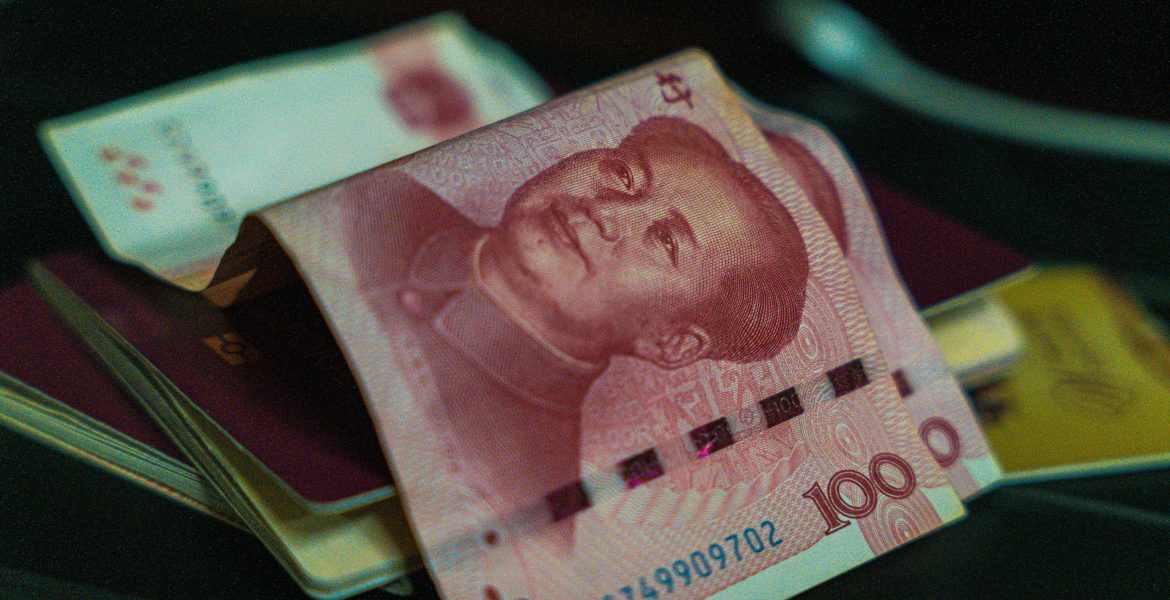The RMB and China’s Green Yuan Energy Strategy

The RMB green yuan strategy is reshaping energy and finance. By tying currency ambitions to its leadership in renewables and commodities, Beijing is building a parallel system to the U.S. dollar. This dynamic aligns closely with the Scenario Outlook, where de-dollarisation and new trade blocs play central roles.
A Challenge to Dollar Dominance
The U.S. dollar still dominates global trade, especially in oil and gas. Yet America’s sanctions-heavy foreign policy and shifting trade flows are creating space for alternatives. As the world’s largest energy importer, China is uniquely positioned to push RMB settlement, reducing reliance on the dollar and extending financial influence abroad.
How the Green Yuan Works
Beijing blends currency policy with energy leverage. Oil and LNG contracts are increasingly offered in RMB on Chinese exchanges. Belt and Road infrastructure projects often settle in RMB. More importantly, China is branding RMB as the green yuan — the currency of choice for trade in solar, wind, batteries, and low-carbon commodities.
Financial plumbing supports the strategy. The Cross-Border Interbank Payment System (CIPS) provides a Chinese alternative to SWIFT, facilitating offshore RMB settlements while bypassing dollar-dominated clearing.
Investment Implications
For investors, RMB internationalisation creates both opportunities and risks. It offers exposure to de-dollarisation, diversification, and alignment with China’s commodity dominance. State-owned energy majors like PetroChina and Sinopec, gas distributors such as ENN Energy, and banks like China Construction Bank stand at the center of this system.
Risks remain significant. RMB capital controls limit convertibility, and adoption varies widely by country. Many states remain cautious about deep reliance on China. Commodity cycles also inject volatility into earnings, even as settlement terms shift.
Note: The RMB is not a dollar replacement, but a parallel ecosystem. Its unique edge is the explicit link to renewables, branding it as the financial counterpart to China’s industrial green leadership.
Stocks to Watch
| Ticker | Name | Thesis |
|---|---|---|
| 857 HK | PetroChina | China’s largest oil & gas SOE, direct beneficiary of RMB-settled contracts. |
| 386 HK | Sinopec | Integrated refiner with renewables exposure; gains from RMB trade flows. |
| 1088 HK | China Shenhua Energy | Coal and renewables mix; proxy for RMB-denominated commodity trade. |
| 2688 HK | ENN Energy | Gas distributor and LNG participant with RMB settlement role. |
| 939 HK | China Construction Bank | Core RMB settlement bank; backbone of financial internationalisation. |
| 2821 HK | Tracker Fund of HK ETF | Broad China exposure capturing RMB adoption trends. |
Strategic Context
The RMB green yuan strategy ties directly to China’s industrial edge in renewables, linking it to the Global Energy Transition. It also complements Gold as the Ultimate Hedge, reinforcing de-dollarisation and portfolio resilience.
Conclusion
The RMB green yuan strategy will not displace the dollar overnight. Instead, it is building a parallel financial ecosystem. For investors, this offers both a hedge against dollar volatility and exposure to China’s long-term dominance in energy and commodities.
Archives
Calendar
| M | T | W | T | F | S | S |
|---|---|---|---|---|---|---|
| 1 | 2 | |||||
| 3 | 4 | 5 | 6 | 7 | 8 | 9 |
| 10 | 11 | 12 | 13 | 14 | 15 | 16 |
| 17 | 18 | 19 | 20 | 21 | 22 | 23 |
| 24 | 25 | 26 | 27 | 28 | 29 | 30 |